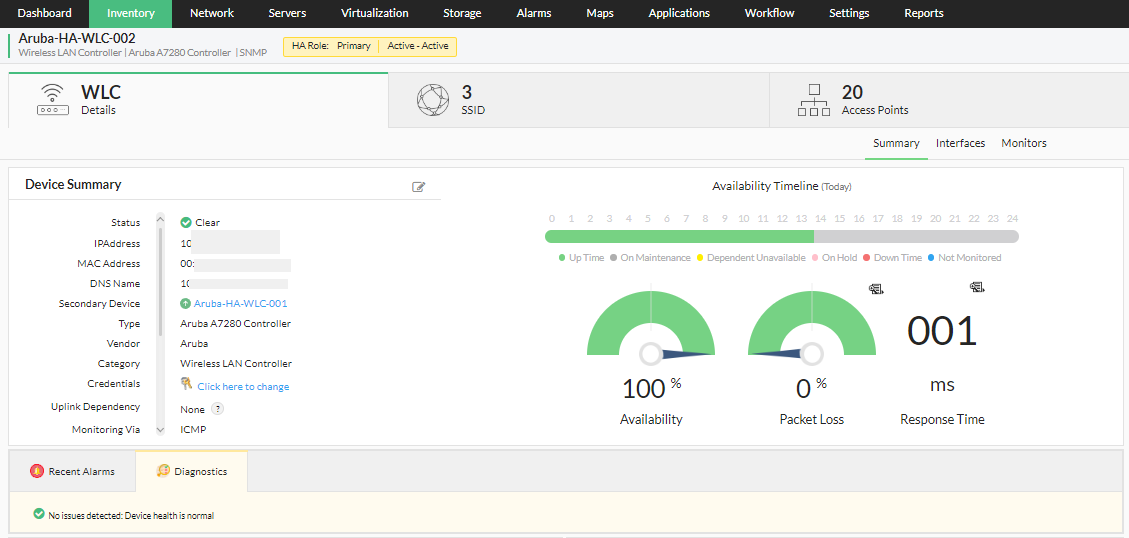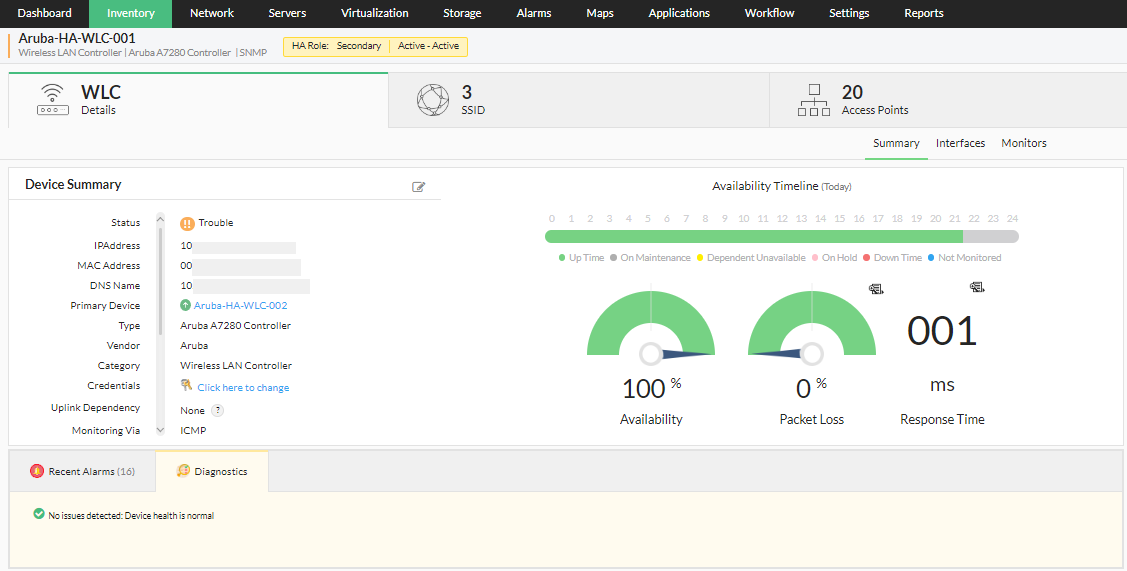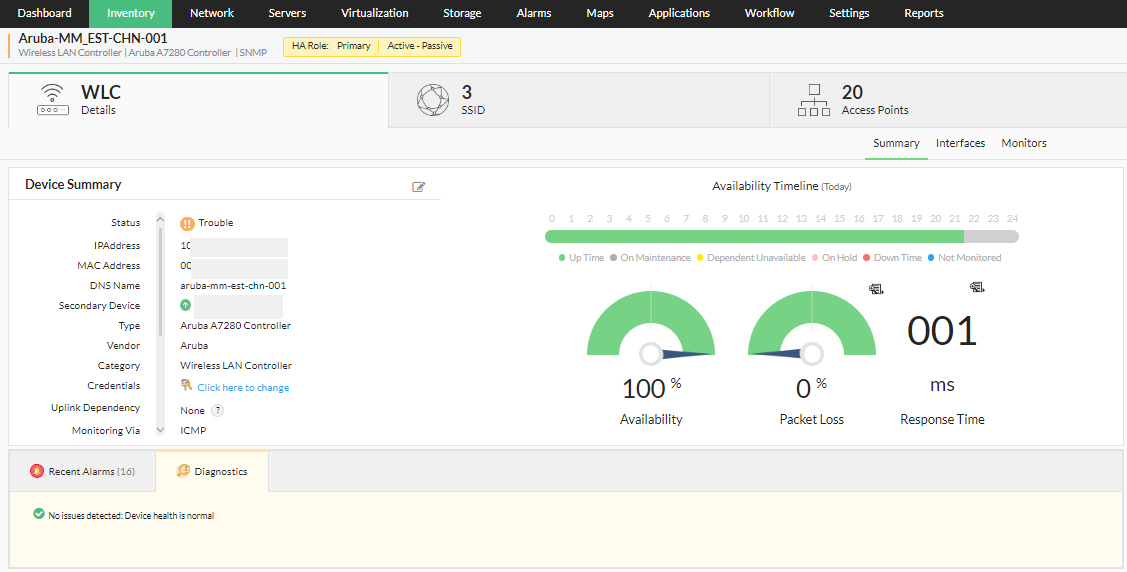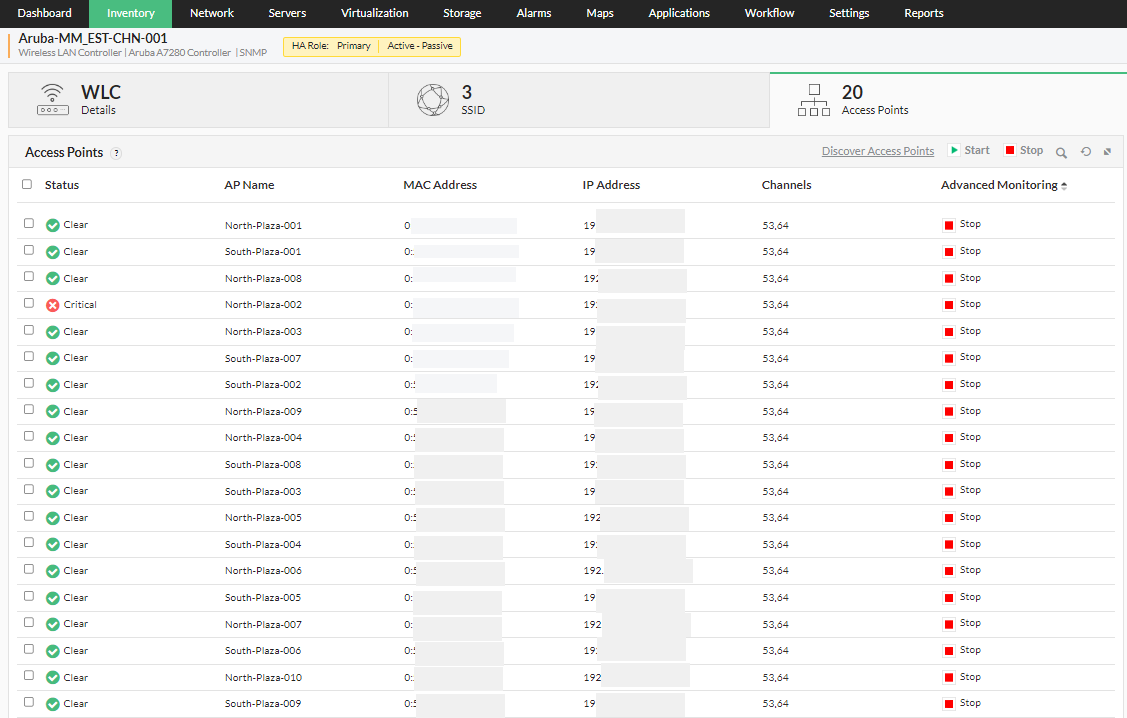Most organizations rely on business-critical databases, applications, and networks. With an increased dependence on these digital assets, it is of extreme importance that these systems be continuously available, and with minimal failure. Because, if a network component fails, the service/application remains unavailable until the crash is fixed, costing the organization heavily. This can be remedied by the deployment of high availability configurations. High availability is a characteristic of a system that aims to guarantee a high level of dependability, operational performance (in this case, availability), and is fault tolerant, so as to keep a network infrastructure running without downtime. HA implementation attempts to build redundancy, to eliminate single points of failure, and therefore substantial downtime. In doing so, when a network component fails, another instance of the failed component takes over, providing continued service.
Following an update to version 12.6.255, OpManager features an uninterrupted availability of the access points within a network, by the deployment of High Availability monitoring for Wireless LAN Controllers. As with conventional high availability clustering configurations, you can set up your WLCs using two different configuration modes. They are:-
An active-active cluster is one, that is made up of two or more nodes actively running the same kind of service simultaneously. The primary purpose of such a cluster is to achieve load balancing. Load balancing dissipates the workloads across different nodes, to prevent any one node from being overloaded.
In this instance, you can have two wireless LAN controllers running simultaneously, each with a specific HA role, i.e., primary or secondary. The device configured with a primary role, is primarily used for monitoring the access points within the network. This device can be associated to a secondary device, which can take up the role of the primary device if it goes down. This configuration can be performed from the device snapshot page of the primary WLC using the Configure Secondary Device option. Additionally, information regarding the connectivity and the availability status of the associated secondary device is shown on the device snapshot of the primary device, and vice versa, for seamless navigation between devices of the active-active high availability configuration.


In order for a disaster recovery active-active setup to run seamlessly, it is recommended that both the wireless LAN controllers be configured for redundancy. In other words, the following settings/configurations must be identical on both devices:
Similar to an active-active configuration cluster, an active-passive cluster also consists of at least two nodes. However, as the name suggests, not all the nodes of this cluster are active at all times. An active-passive configuration provides fully redundant instance of each node, which is brought online only when its associated primary node fails. This configuration typically requires additional hardware; which is why, the secondary device in an active-passive setup is almost always an IP address of a physical machine.

In this configuration, while the primary device is active, the secondary device is always on standby. The passive (secondary) device serves as a backup that is ready to take over as soon as the active (primary) device is down or unavailable.
As with the active-active configuration, it is crucial that both the primary and secondary devices have exactly the same settings, as shown below:
The high availability feature of OpManager helps mitigate failures and reduce downtime faced by the user, by utilizing a secondary standby controller connected to the primary controller via the active-passive HA link over a dedicated redundancy port. In a two node active-passive WLC cluster, the access points are available on only one WLC. If in such case the primary wireless LAN controller goes down, the access points on the controller are instantly moved to the secondary controller instantly, allowing the client devices to continue operations without experiencing any SSID downtime. The security keys of all the client devices connected through the access points, are also transferred to the secondary/standby controller.so that the client can re-authenticate automatically.

Thank you for your feedback!